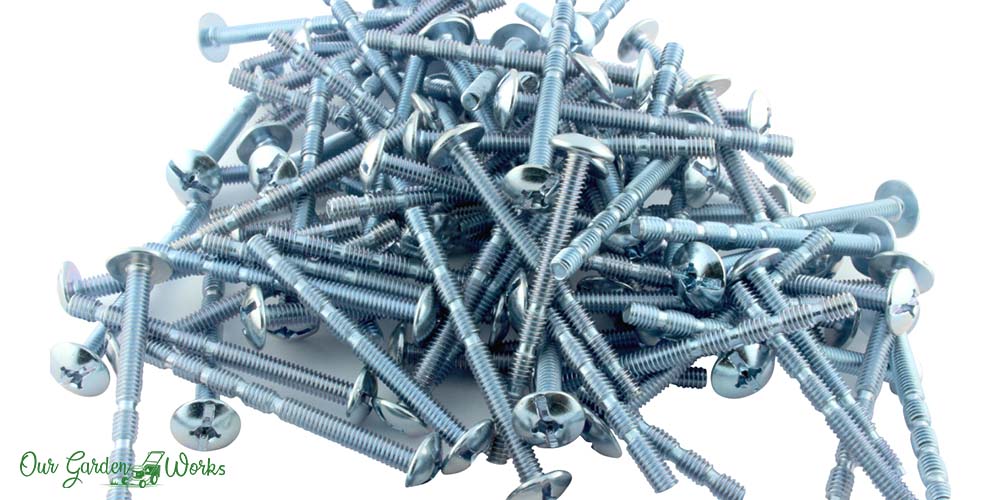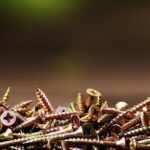In assembling furniture, you will need precise measurements to achieve its desired design and function. Breakaway screws are one of the flexible materials that you can use to attach handles and other details to your cabinet, despite varying size requirements.
In this post, we’ll introduce to you the function of breakaway screws and how you can use them on your next DIY project or repair your house fixtures.
What is a Breakaway Screw?
A breakaway screw or machine breakaway screw is a type of screw that has unthreaded breaks at every ¼” of its threads. It is the screw commonly used for attaching knobs and pulls to cabinet drawers, cabinet doors, and other furniture.
The standard size for breakaway screws is 8-32 with varying lengths that you can find in any hardware store. Other sizes include:
- 8-32 X 1 – ¾ Truss #2 Phillips drive breakaway machine screw – Zinc
- M4 X 45 MM Truss M4 Metric Breakaway machine screw ZINC
- 8-32 X ¾ Truss #2 Phillips drive breakaway machine screw – Zinc – 10M/CTN
- 8-32 X ⅝ Truss #2 Phillips drive breakaway machine screw – Zinc – 12M/CTN
- 8-32 X ⅞ Truss #2 Phillips drive breakaway machine screw – Zinc – 8.5M/CTN
- 8-32 X 1 Truss #2 Phillips drive breakaway machine screw – Zinc – 7.5M/CTN
- 8-32 X 1 – ½ Truss #2 Phillips drive breakaway machine screw – Zinc – 4.5M/CTN
- 8-32 X 1 – ¼ Truss #2 Phillips drive breakaway machine screw – Zinc – 5.5M/CTN
- 8-32 X 1 – ⅛ Truss #2 Phillips drive breakaway machine screw – Zinc – 6.5M/CTN
- 8-32 X 1 – ¾ Truss #2 Phillips drive breakaway machine screw – Zinc – 4M/CTN
How Does It Work?
The beauty of breakaway screws is its flexibility when it comes to its size. Depending on the thickness of the wood or the design of the knob, you can modify the size of the screw by breaking it at your desired length.
Parts of The Standard Breakaway Screw
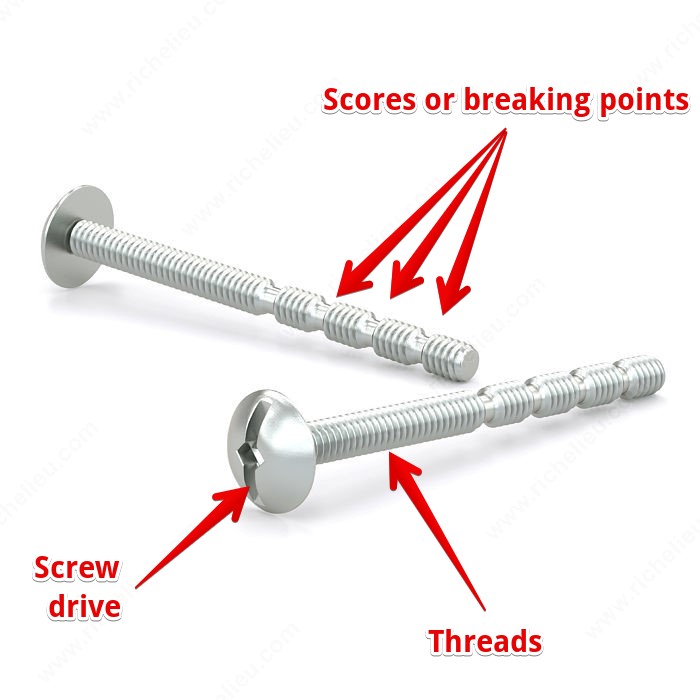
Here are the parts of the breakaway screw that you should familiarize yourself with:
- Screw threads or threads are the helix-shaped ridges around the body of the screw.
- The head of the screw is the head of the screw where you place the tip of the screwdriver to tighten or loosen the screw.
- Screw drives are the indentation on top of the head of the screw where you attach the screwdriver that you use to tighten or loosen the screw.
- Unthreaded shank is the unthreaded part of the screw.
The score, notch, or breaking point is a dented part of the breakaway screw where you can break the screw with ease.
How To Measure The Breaking Point in a Breakaway Screw?
The depth of the drawer refers to the thickness of the wood where the cabinet knobs will be attached. You’ll have to check the depth of both cabinet door panels and the insertion point in the knobs.
To get accurate measurements, you can use a measuring tape or make a dent on the breaking point. Start measuring the desired screw length with the following steps:
- Measure the depth of the wood or drawer panel.
- To get the actual length of the breakaway screw that you need, add ¼” to the total depth of the wood.
Total screw length: depth of wood panel + ¼” (depth of knob insertion) - Once you get the desired length, start measuring from the base of the head of the screw.
- Check the end of your desired screw length and mark it as your breaking. You can either use a marker or leave a small dent. If it falls on the threaded part of the breakaway screw, move the breaking point to the notch closer to the head.
- The rule of thumb is the screw length must either exact fit to the knob or it’s a bit shorter. The breakaway screw should never be longer than the allowed insertion point in the knob to keep the cabinet knobs in uniform with the other knobs.
How To Break a Breakaway Screw?
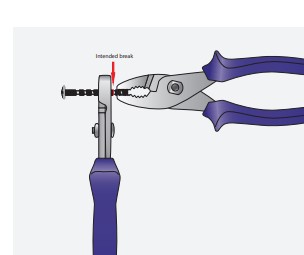
When you figured out the perfect length for the breakaway screw, it’s time for trimming. To break the breakaway screw properly, you have to prepare the following materials:
- 2 pairs of pliers
- 1 screwdriver
- 1 goggle or any eye protector
Procedure:
- Use the first pliers to hold the screw above the breaking point from the side of the screw.
- Use the second pliers to hold the tip of the breakaway from the end of the screw.
- Start breaking the breakaway screw by gently moving the second plier upward and downward.
- Keep moving the pliers up and down until the screw snaps and breaks at the breaking point.
- Use the screwdriver to attach the knob to the cabinet panel.
Breakaway Screws or Counter-Snap Screws For Floorboards
Trim screw or counter-snap screws is another type of breakaway screw where you can break the head of the screw to make it less visible. It is mostly used to attach wooden floorboards to the joists or the base flooring.
It comes in two variants:
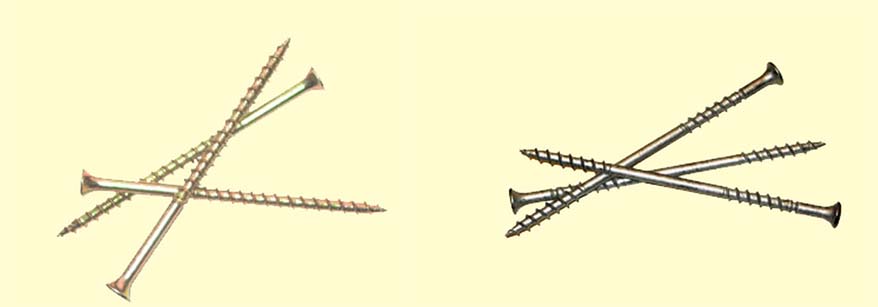
- Counter-snap screws for joists are breakaway screws that are shorter and have an unthreaded break before the score or the snap-off point than the breakaway screws used in between joists.
- Counter-snap screws(between joists), on the other hand, are longer and have two unthreaded notches on their threads. The first notch is a short one placed right below its head near the score or the snap-off point. The next notch is a 1 ¼ ” unthreaded part in the middle of the screw.
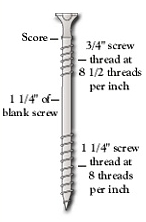
How To Use Counter-snap Breakaway Screws To Fix Squeaky Floors?
Hardwood floors expand over time and end up being squeaky, especially for old houses.
To fix this, you’ll need to reattach the wooden floorboards to the base flooring or the joist and remove the space that causes the squeaky sound.
Here are the materials you’ll need:
- Counter-snap breakaway screws for joist
- Counter snap breakaway screws for the space between the joist
- Electric drill
- 3/32 or 7/64 drill bit
- Hammer or snapping cap
Procedure:
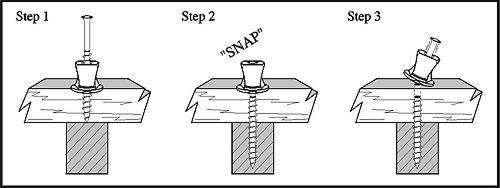
- Check the problem area of your floor and locate the area where it squeaks.
- Drill a hole using a 7/64 or 3/32 drill bit to see if the area is between two joists or right on a joist.
- If the squeaky area is on the joist, use the specific counter-snap screw for the joist. Otherwise, use the longer breakaway screw.
- Place the snapping cap on top of the hole and place the counter-snap screw in the drilled hole on the floor.
- Using an impact screwdriver, screw the counter-snap screw and until the snapping cap stops the drill from going further.
- Bend the cap and it will snap the head of the breakaway screw for you. Voila! No more squeaky floor for you!
Security Breakaway Screw or Shear Bolts
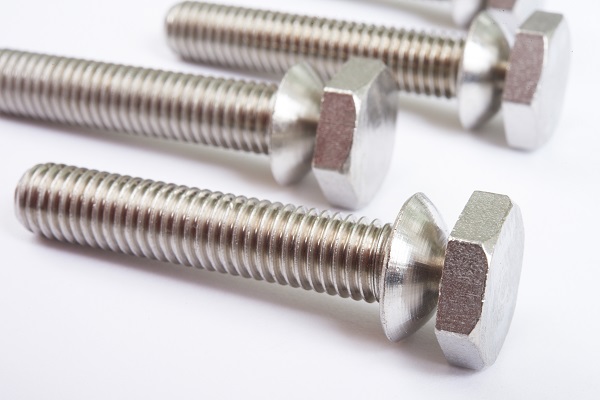
Another type of breakaway screw is the security breakaway screw or shear bolts wherein there is a hexagonal head placed on top of the head of the screw for added security. This type of screw is used to fasten materials in security-related projects permanently.
How does it work?
The head of the security breakaway screw has no screw drive which is its security feature. The hexagonal head will snap-off when the screw is tightened and the force exceeds the pressure that it can handle.
Once this security breakaway screw or shear bolt is used, you can no longer remove it unless you use an abrasive or put a dent on the head to make a drive. Banks, prisons, and automotive companies are the industries that usually use this type of screw.
Parts of The Security Breakaway Screw or Shear Screws
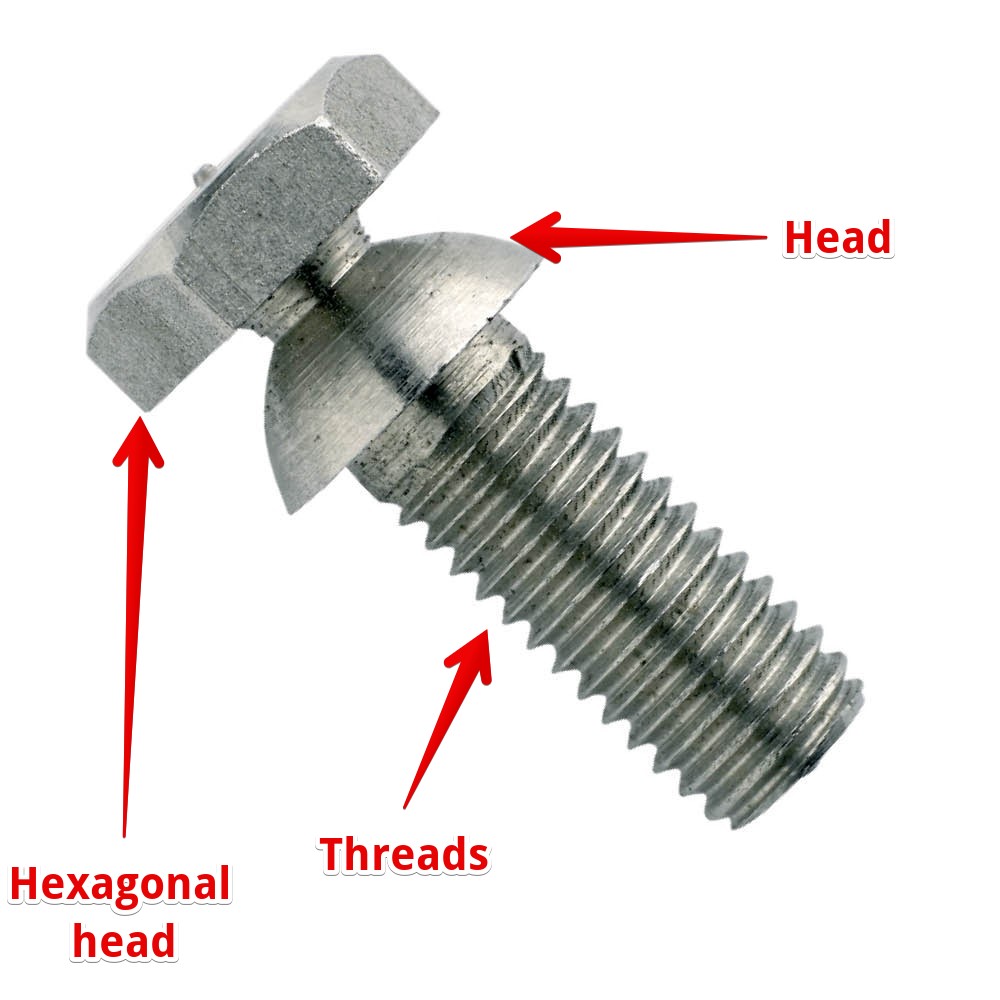
- The hexagonal head is the security feature that snaps off when you tighten the screw.
- The head has no drives on it and cannot be removed without modifying its shape or creating a drive on it.
- Threads are helix-shaped ridges placed at the body of the screw that serves as the mechanism to fasten materials.
How To Use a Security Breakaway Screw?
You have to make sure that the materials that you will attach using a security breakaway screw do not need maintenance or be detached in the future.
This type of screw is designed as an anti-theft and tamper-free mechanism so you’ll have to make an extra effort to remove it.
Here are the materials that you’ll need to install a security breakaway screw:
- Spanner or socket wrench
- Pliers
Procedure:
- Place the security breakaway screw in its desired location and rotate it by hand until locks.
- Use the pliers to hold the other end of the screw if it is visible across the material where you are attaching the screw. Otherwise, proceed to the next step.
- Use the spanner or socket wrench to hold the hexagonal head and tighten the breakaway screw.
- Continue tightening the screw until the hexagonal head snaps off.
Tips in Using a Breakaway Screw
- Do not twist the screw when you try to break the breakaway screw. The twisting motion will damage the threads and affect the function of the screw.
- Make sure to protect your eyes when you start to break the breakaway screw.
- Hold the breakaway screw away from your face to avoid any accidents.
You might like: Do-It-Yourself: How To Move A Light Switch?
Frequently Asked Questions About Breakaway Screws
What should I do if I cut the breakaway screw but it’s too long or too short?
You can break the screw at the nearest unthreaded notch to the tip. You can also use washers to fill the space place between the knob and the wood panel. However, if the breakaway screw ends up being too short, it will be hard to reach the insertion in the knob.
If none of the options above works for the breakaway screw, you may need to buy another one.
How can I remove a security breakaway screw?
Since the security breakaway screw has no drives on its head, you can either create a drive on its head or use a specialized tool to remove it.
However, it’s hard to find a tool that can remove this kind of screw. So make sure that you’ll only use it on structures or materials that will no longer be detached.
What should I do if I don’t have a snapping cap for counter-snap screws?
You can still work on counter-snap screws by using a hammer instead of a snapping cap. When you put in the counter-snap screw on the floor, stop at the notch or breaking point. Then, use the hammer to gently snap the head of the screw.
Can I use screws of different sizes instead of a Breakaway screw?
How much is a pack of breakaway screws?
You can buy 100 pieces of breakaway screws for $10 – $13 depending on the size and material used. Sometimes cabinet knobs available online come with pairs of breakaway screws included.
Final Thoughts
We hope that the breakaway screws mentioned in this post can help simplify your DIY projects at home.
Looking for the right screw sizes can be frustrating that makes breakaway screws a big relief for the DIY junkies. Not to mention the smooth finish that you can achieve without the screw heads poking all over the floorboards.
If you find this post helpful, share this guide with your friends and see how breakaway screws work wonders for their house fixtures too.
Lastly, share your experience in the comments and let us know what you think about breakaway screws.
